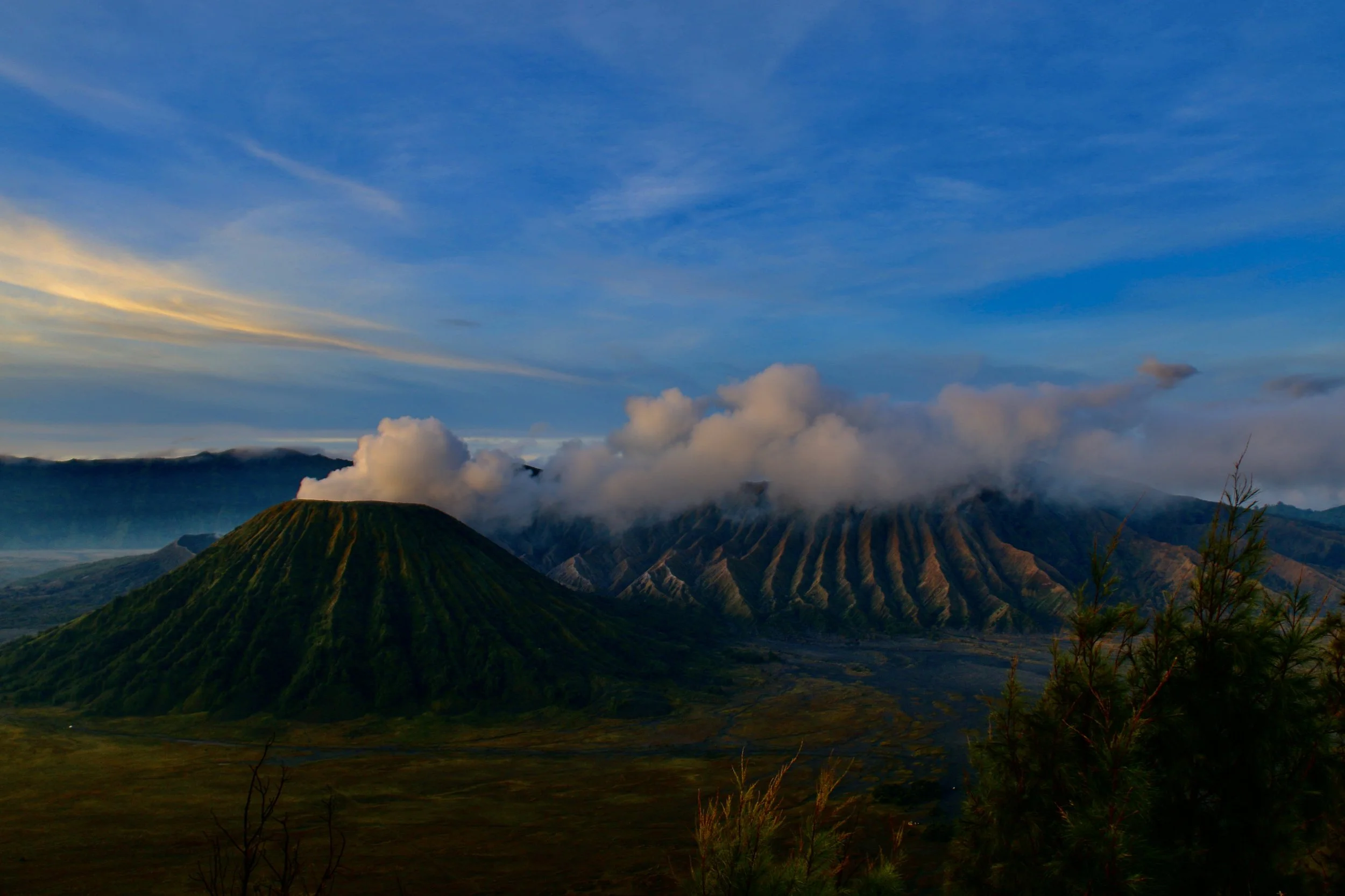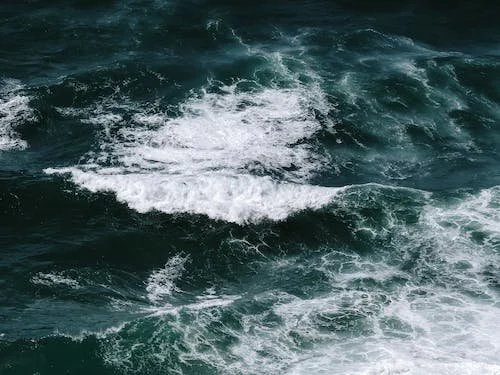Mt Bromo, You Were Worth Getting Up For.
It's just past 2.00 am on a Saturday morning. It's dark, it's cold, and it's beginning to rain!
I am blindly wandering the street outside the Jiwa Jawa hotel in search of the Land Cruiser Jeep ( circa 1983 ) that I was assured would be waiting for me but clearly isn’t!
Roaring past me at reasonably high speed is a steady stream of jeeps of the same vintage weaving their way up the slopes transporting those who, like me, have come to see Mt Bromo at sunrise.
And then, out of the darkness, my driver Joko emerges, a diminutive mountain dweller who has been ferrying tourists up this mountain for over twenty years. Within minutes, we find our allotted slot in the cavalcade and begin our assent heading for the lookout point on Mount Penanjakan.
Mount Bromo rises from a vast sea of sand in the middle of the 10-kilometre wide Tengger caldera and, at 2,392 metres above sea level, isn't even Java's highest peak. That title belongs to the 3,676m tall Mount Semeru, that towering appendage that lurks in the background like a menacing bully ejecting thick volcanic smoke thousands of feet into the atmosphere.
However, what Mt Bromo lacks stature; it is a veritable giant regarding religious significance. Its name derives from the Javanese pronunciation of Brahma, the Hindu creator god recognised as a fiery deity. It is one of the most active volcanoes in Indonesia, a country where eruptions occur almost every day.
The mountain has been revered by the local Hindu villagers for centuries, who make yearly pilgrimages to its smoky crater during the Yadnya Kasada festival, bestowing offerings at the Pura Luhur Poten temple at the volcanoes' base to try and keep the mountain's fury at bay.
The best views of Bromo and the surrounding caldera are from the adjacent Mount Penanjakan lookout point – preferably at sunrise. This is when the early morning sun's warm light bathes the caldera in a kaleidoscope of purples and oranges that, I was told, creates the kind of mythical scene that actually justifies rising at the ungodly hour of 2. 00 am.
My sturdy jeep makes the forty-five-minute drive to the top in no time at all, which is surprising given the thick traffic and our slow passage through the tiny villages hugging the side of the mountain. Most of the inhabitants of these precarious settlements are up and about, offering breakfasts and selling all manner of clothing to ward off the chill, as well as hot coffee and hearty breakfasts.
Eventually, we reach a point where we can go no further as the road is crammed with hundreds of land cruisers. I muse that after this excursion, getting out and back down the mountain will be like playing a game of Tetris. It is just past 3.45 am, and sunrise is only scheduled for 5.30 am, so a two-hour wait looms. The inky blackness shows no hint of stars, although I can detect low swirling clouds hovering not far above me through squinted eyes.
This could be a wasted trip.
By this time, thousands of Indonesian tourists are slowly walking up the road to the highest point, where I am told the views will be best. Not feeling confident, I join the steam of pilgrims up the road and then branch off onto a muddy path that brings me to the caldera ridge.
Then, along with my rugged-up companions, we simply wait.
I am not sure what to expect given that that visibility is about twenty feet, but I live in hope and settle in and listen to the low murmur of chatter surrounding me.
At about 5.00 am, the blackness slowly but surely turned to a dark grey gloom emitting enough light to show that the low-lying clouds were lifting. Then, fifteen minutes later, as the sun rises over the Javanese horizon, the clouds are the first to catch the light and erupt into iridescent shades of red, pink and orange.
It's as if some giant hand suddenly pulled a curtain aside as the valley slowly starts to glow and the shadowy outlines of the mountains come into focus with the entire vista suddenly bathed in the glorious light from a sun that has crept up into an iridescent blue sky.
In front of me, hidden until that moment, is the surreal sight of the volcanic smoke from Mount Bromo drifting eastward like low-lying fog. The plumes swirl past the crinkly surface of Mt. Batok, a dwarfish, inactive volcano whose diminutive stature cannot take away from its beauty.
The ancient crater has come alive, revealing a palette of charcoals, browns, greens and blues arranged as if set up for a painting by a Dutch Master. I had waited years for this moment, and even though I had seen it countless times in photographs, nothing prepared me for its captivating beauty.
This stunning sight lasts barely five minutes as the sun's rays get brighter and the colours recede into more muted tones. That is the cue for the crowds to head back down the muddy path and seek out their jeep.
Reluctantly, I leave my spot and follow them.
Joko, my ingenious driver, has somehow managed to turn the jeep around so it is facing in the right direction, meaning getting out is a breeze, and in no time at all, we are whizzing downhill to the caldera floor and the immense sea of sands.
The landscape at this level is devoid of the lush greens of the volcano's slopes as the sand, in all directions is a barren grey colour. In fact, the only colour is provided by the brightly dressed 'cowboys' galloping across the sand from the base of the crater a kilometre away, eager to rent their steed to any tourist who will pay the asking price.
I decided not to take a horse ride or indeed not climb the 256 steps to the crater's rim ( one volcano in the preceding week was enough for me !), opting instead to sit within the walls of the Pura Luhur temple and try to take in everything I saw that morning.
Once again, I am reminded that the world is an amazing place.
Jogjakarta, Indonesia, July 2022















